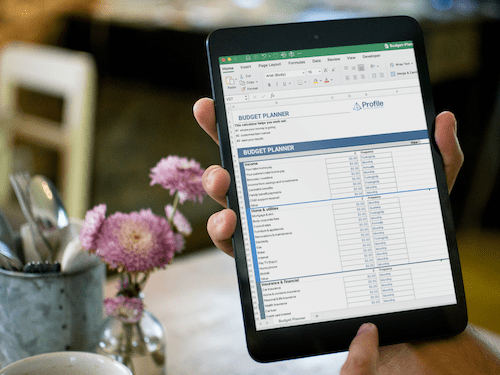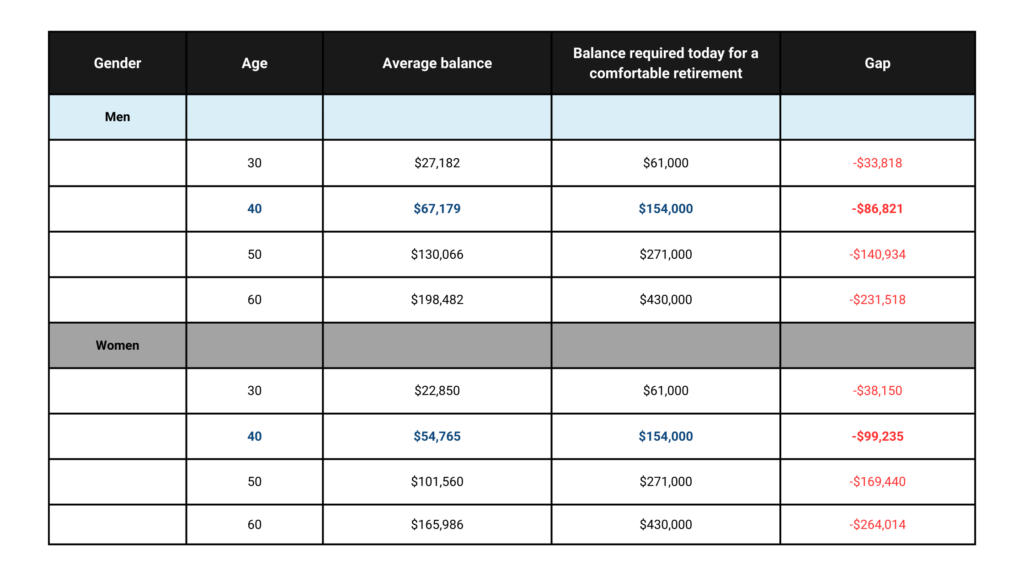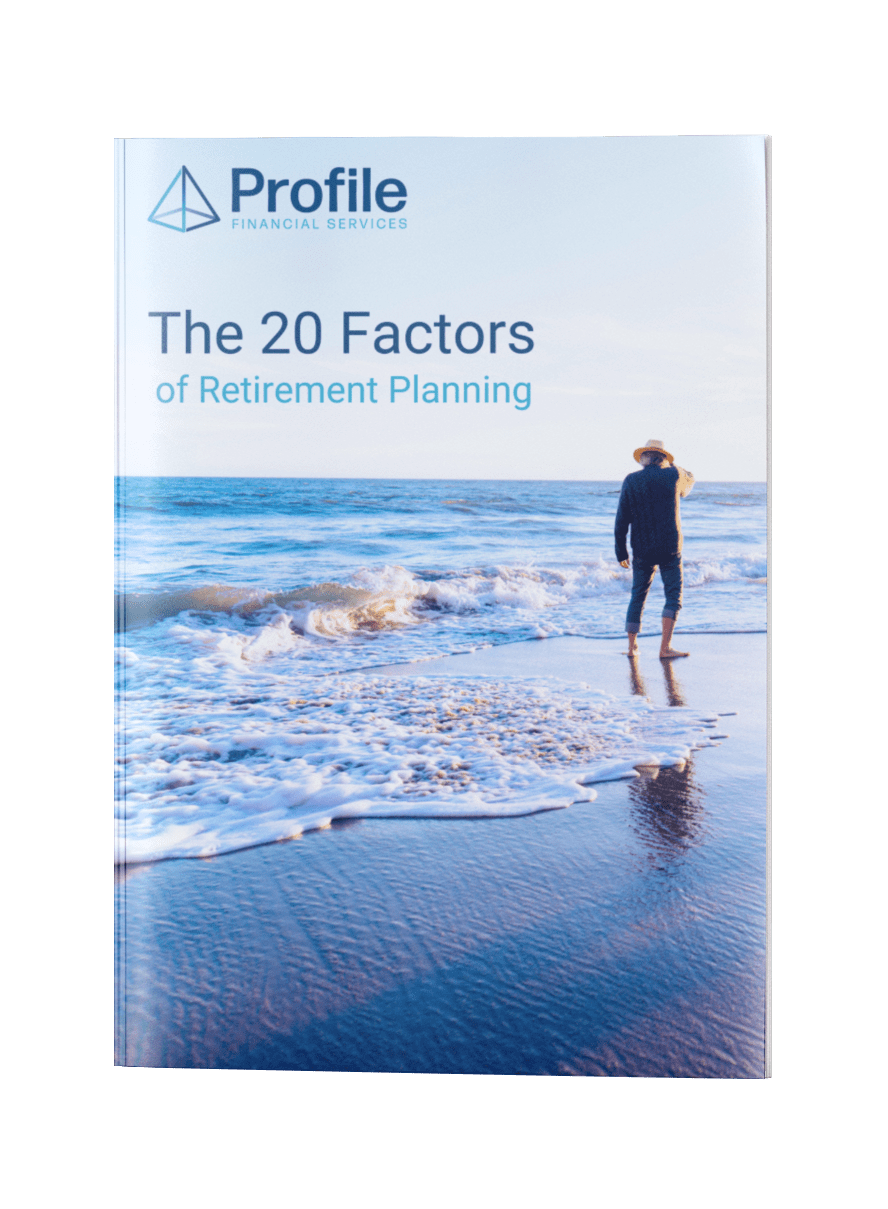What is superannuation?
Superannuation is a savings plan designed to fund your retirement. In Australia, it’s mandatory for most employees to have a superannuation fund, with a minimum employer contribution of 11% (from July 2023) of your salary being paid into the account. But how much superannuation should you aim for at age 40?
The factors to consider when determining your superannuation needs in your 40s
Determining your superannuation needs at age 40 depends on several factors, including your current lifestyle, retirement goals and desired working period.
Consider two individuals, Sarah and James, both 40 years old. Sarah desires an early retirement and dreams of exploring the world, while James plans to work until his 70s and lead a more modest lifestyle. Sarah would need a more substantial superannuation fund to support her extended retirement, compared to James.
The impact of inflation on your superannuation
Don’t forget about inflation! The rising cost of goods and services can significantly affect your retirement savings. Let’s say the annual inflation rate is 2.5%. If you have $100,000 at age 40, its value in today’s dollars may decrease to $61,027 by the time you retire at age 60. To counteract the impact of inflation, consider investing your retirement savings for the long term. Compound interest can work wonders for your retirement savings over time.
Let’s visualise the superannuation journey
Below is a table showing the average super balance by age compared to what Canstar has defined as the balance required to reach a comfortable retirement:
*Source: https://www.canstar.com.au/superannuation/how-much-super-for-retirement/ – 10/12/2021
The above suggests that many Australians might have not accumulated enough in their superannuation funds when they retire, to live “comfortably”. Specifically, women in their 60s face the biggest gap in superannuation savings, which is more than $264,000 according to the Canstar data.
Three strategies to boost your superannuation
1. Contribute excess cash to your superannuation each year
Make a one-off contribution each year with excess savings you have accumulated. Previously, the only way to make concessional (tax deductible) contributions was through salary sacrifice but now this can be done personally. However, remember that once these funds have been contributed you can’t access them until you meet a condition of release. In most cases this is reaching preservation age and retiring.
2. Salary sacrifice from your pre-tax salary
Opt for salary sacrificing, which involves contributing to your superannuation fund regularly directly from your pre-tax salary. This not only reduces taxable income but also adds to your retirement savings on a regular basis helping take advantage of compound interest. Once again, you need to remember that these funds aren’t accessible until certain conditions are met.
3. Proactive investing
Review your investment strategy on a regular basis to make sure it meets your risk tolerance and investment goals and your portfolio is not falling behind market expectations.
How much superannuation should you have in your 30s?
Determining the ideal superannuation balance at age 40 depends on various factors, including retirement goals, lifestyle preferences, and desired working period. While a rough estimate using the above table is helpful, it’s always advisable to seek professional advice for accurate projections.
Conclusion
Begin saving for retirement early, review your strategies regularly, and consider techniques like contributing to super and diversified investments. Remember, this is an exciting journey towards a brighter retirement, and it’s never too early to start planning!
To stay up-to-date with our latest articles, industry updates and more, simply follow our Facebook or LinkedIn pages.








